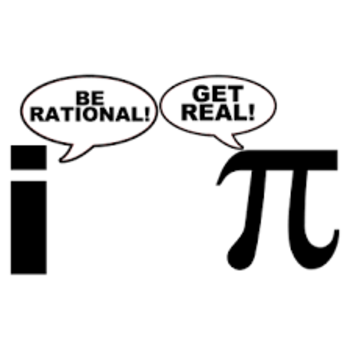How do you solve #-s^2+4s-6>0#?
1 Answer
Apr 10, 2017
Never
Explanation:
Using the discriminant to determine how many zeros the function has.
where
Since the discriminant is negative, there are no real roots for this function (the quadratic will never cross the x-axis). Therefore the function will NEVER be greater than
Here is a graphical look,
graph{-x^2+4x-6 [-10, 10, -5, 5]}

